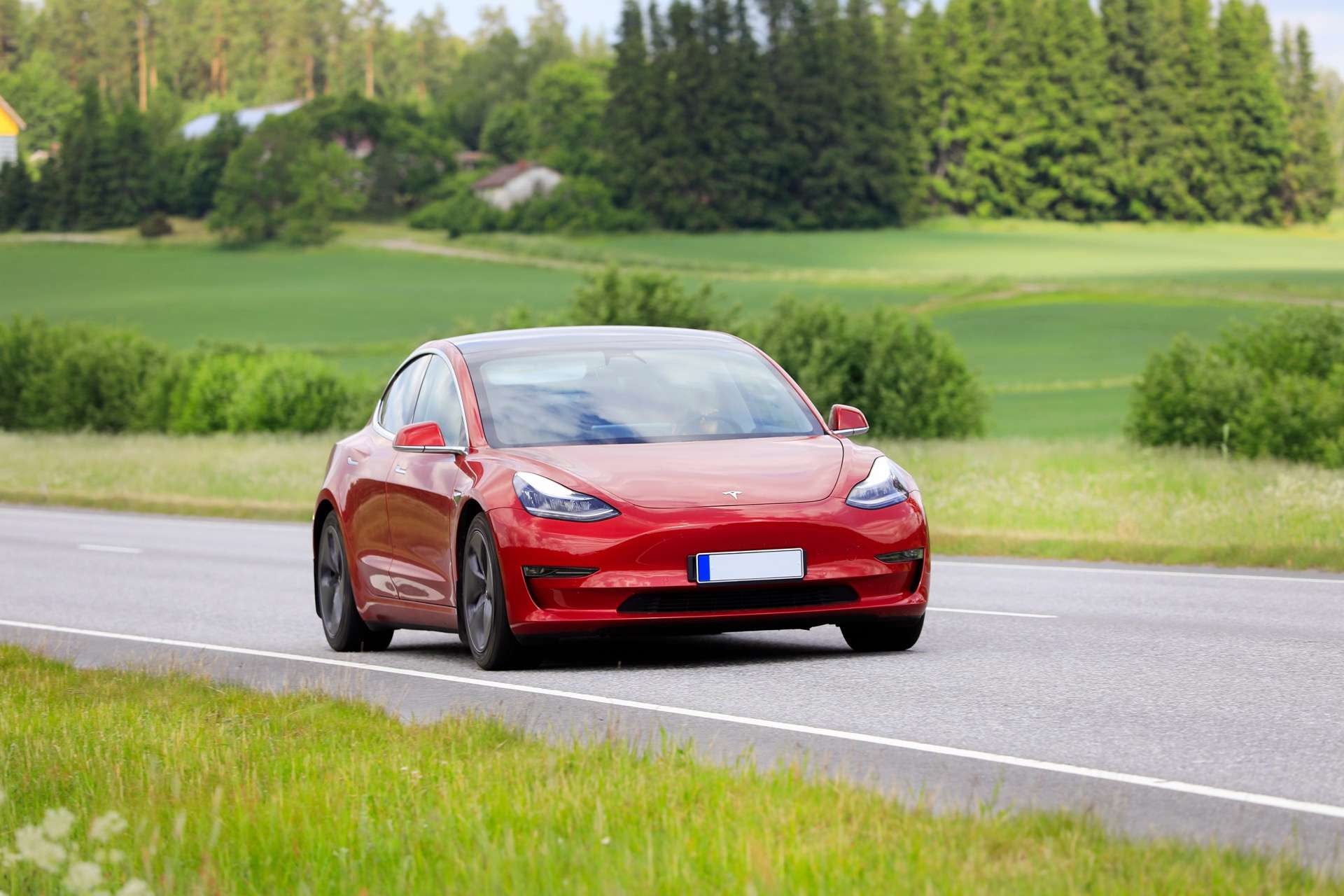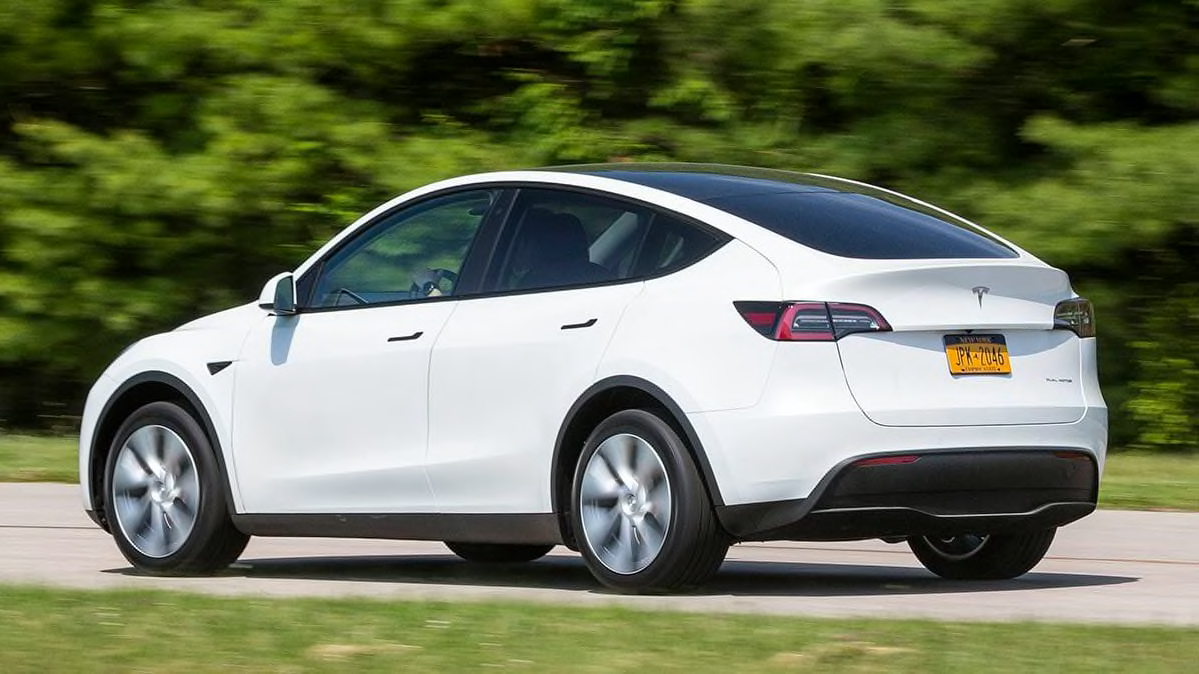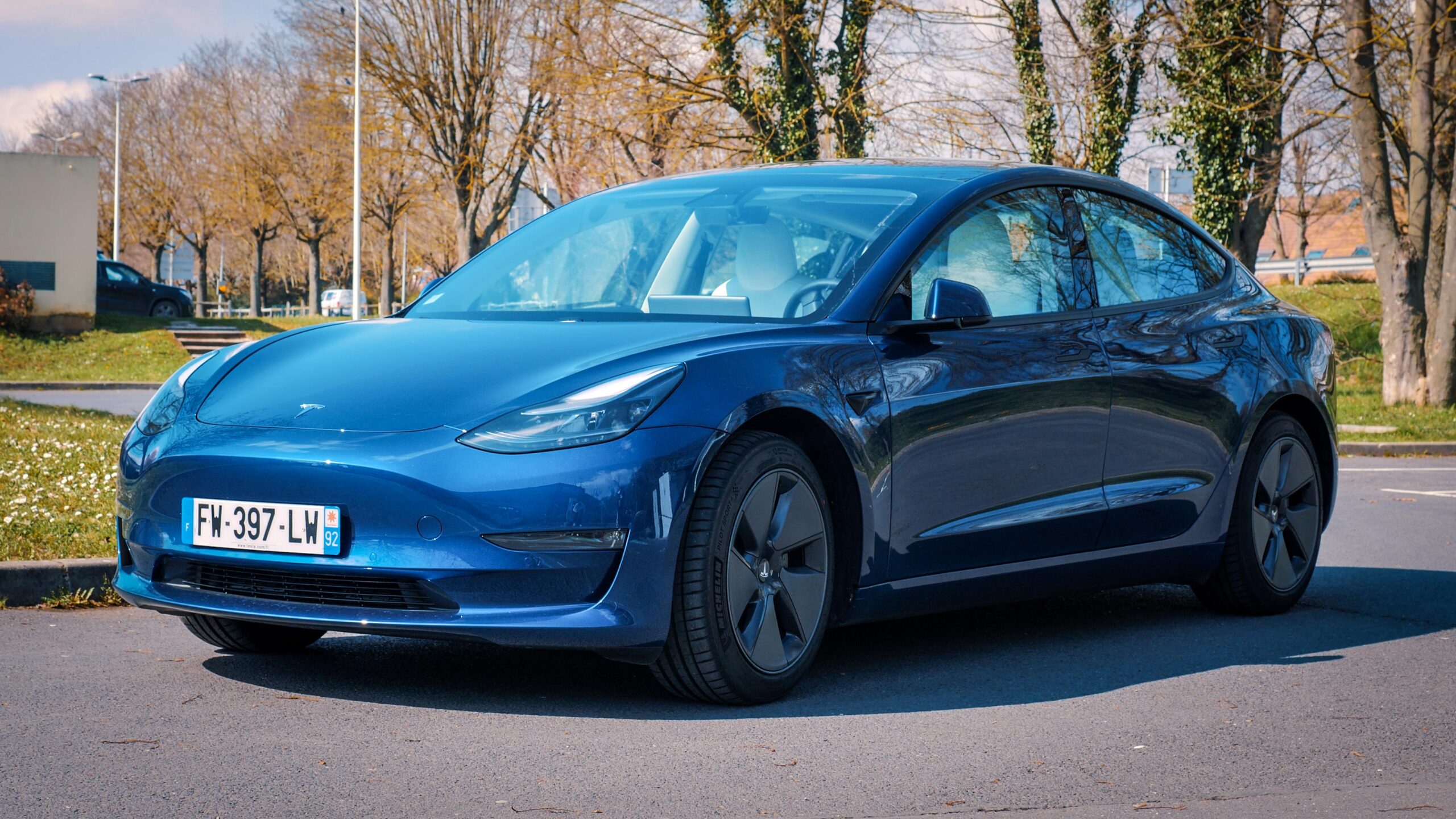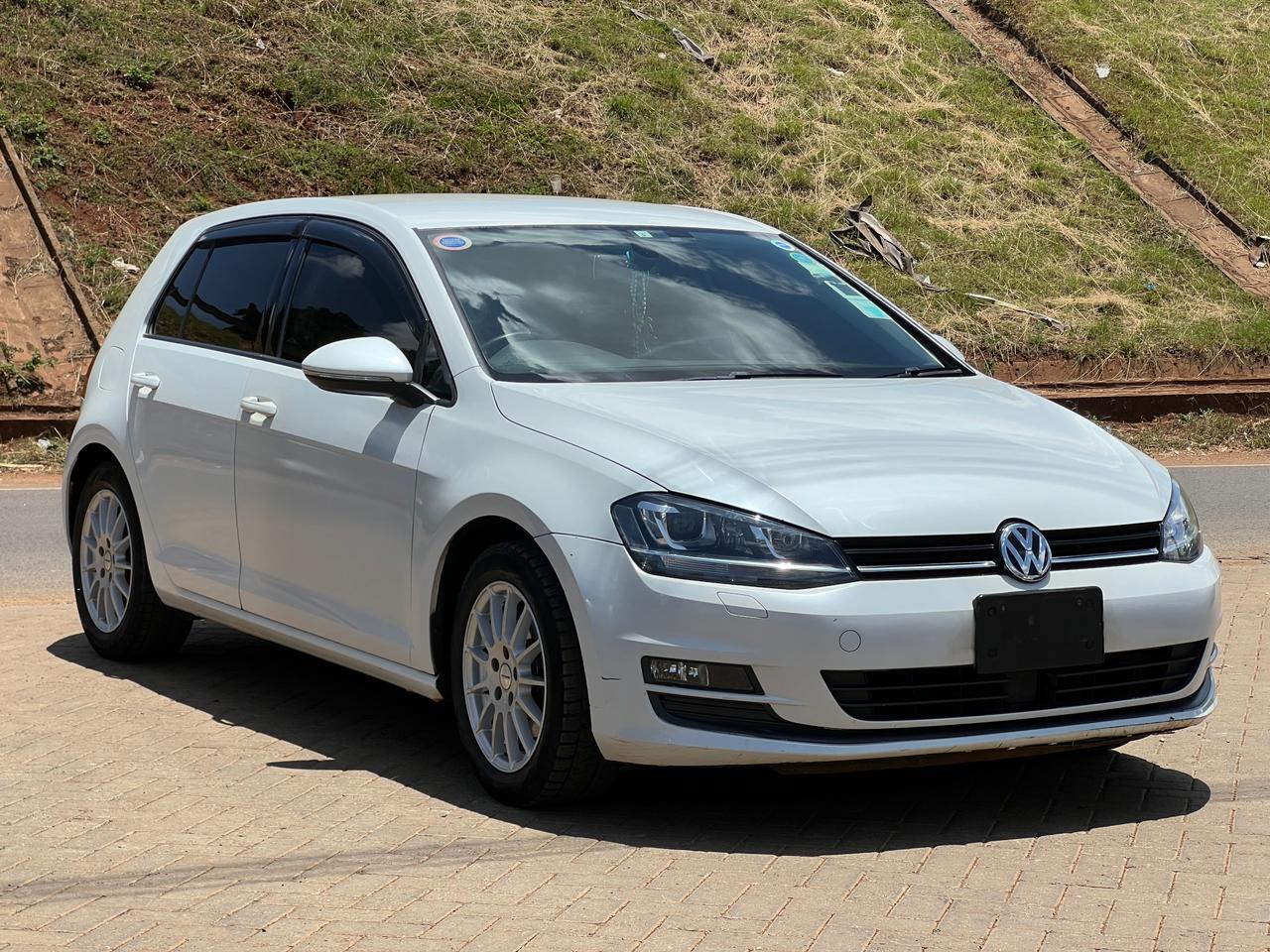Tesla Model 3 vs Model Y in Kenya 2025 — Which EV Should You Buy?
Tesla Model 3 vs Model Y in Kenya 2025
Which Tesla fits your life: the sporty Model 3 or the practical Model Y? A Kenya-focused, humanized guide.
Introduction — two siblings, different lives
Tesla’s Model 3 and Model Y share DNA but serve different needs. In Kenya 2025, both are popular among importers and buyers. The Model 3 is the efficient, sporty sedan that appeals to drivers who prioritise driving feel and efficiency. The Model Y is the crossover that prioritises space, flexibility, and family practicality. This guide walks Kenyan buyers through price, range, comfort, tech, charging, ownership costs, and practical buying advice so you can pick the right Tesla for your life.
Photo gallery



Pricing in Kenya (2025): landed costs and expectations
Prices vary by import age, trim, shipping, and customs. Typical landed price ranges in 2025:
Estimated KSh 5,000,000 – KSh 10,000,000 depending on year, trim and condition.
Estimated KSh 6,500,000 – KSh 12,000,000 depending on year, trim and condition.
The Model Y typically carries a premium for added space and versatility. Factor in import duty, VAT, clearing fees, and any modifications needed for local compliance.
Space & Practicality — who needs what?
The Model Y is the obvious choice if you need extra cargo space, a higher driving position, or optional third-row seating for kids. It has more headroom, a larger boot, and a flexible interior for family life or carrying equipment. Model 3 is a sedan — lower, sportier, and slightly more efficient. For single drivers or small families prioritising handling and better efficiency, the Model 3 often fits the bill.
Range & Performance — real-world Kenyan driving
Both cars share similar powertrains when configured similarly (rear-wheel or dual-motor AWD). Key differences:
- Efficiency: Model 3 is slightly more aerodynamic, offering a marginally better range per kWh than Model Y — useful for long trips between Nairobi and Mombasa or across Rift Valley routes.
- Range figures: Long-range Model 3 commonly posts 500+ km WLTP; Model Y Long Range is close but often a bit lower due to higher drag and weight (approx 450–520 km depending on wheel size).
- Performance: Model 3 Performance is sportier to drive, quicker 0–100 km/h; Model Y Performance is powerful but heavier and a touch less nimble.
If highway range and efficiency are top priorities, Model 3 has a small edge. If you need space or family practicality, Model Y wins.
Technology, safety & software
Both cars benefit from Tesla’s software-first approach: over-the-air updates, a large central touchscreen, advanced driver assistance (Autopilot) and strong passive safety scores. Safety features like automatic emergency braking, lane-keep assist and multiple airbags are standard. Tesla’s FSD (Full Self-Driving) option remains software-limited by region and regulation — check current availability and legal status in Kenya before buying as features and legality vary by market.
Charging & Infrastructure in Kenya
Charging behavior is nearly identical between models — both use the same Tesla chargers and adapters. Practical considerations:
- Home charging (7–11 kW wallbox) meets daily needs for most owners of either model.
- On long trips, Model 3’s slightly better efficiency may require fewer stops, but Model Y’s larger battery options offset that in higher trims.
- Tesla Superchargers are limited in Kenya; both models rely on third-party DC fast chargers with adapters where needed.
Ownership costs & maintenance
EVs reduce mechanical maintenance — no oil changes, fewer moving parts. Key costs to consider:
- Tyres and brakes (regenerative braking reduces brake wear).
- Battery health and potential future battery work — always request battery diagnostics for used imports.
- Insurance differences — Model Y may cost more to insure due to higher replacement cost.
Both models tend to save money vs petrol cars over medium term, especially with home solar charging — but Model 3 may edge out in total energy efficiency.
Use-case recommendations — pick the right Tesla for your life
Choose Model 3 if you:
- Prioritise driving feel, efficiency, and lower price point.
- Mostly drive solo or with small family and rarely require large cargo space.
- Value sportier handling and slightly better range per kWh.
Choose Model Y if you:
- Need space for family, luggage, or loads — perfect for weekend getaways to Naivasha or Diani.
- Prefer a higher seating position and easier entry/exit.
- Plan to carry occasional larger items or want optional third-row seating for kids.
Buying tips for Kenyan buyers (import checklist)
- Request a full battery health report and service history.
- Confirm the car’s spec and included accessories (chargers, adapters).
- Budget for shipping, clearing fees, VAT, and any local compliance work.
- Arrange pre-purchase inspection with an EV-savvy technician.
- Check insurance quotes for both models — factor into total cost of ownership.
- Plan charging at home — install a wallbox and consider solar if possible.
FAQs
Which has better resale value in Kenya?
Resale depends on condition and service history. Model Y’s practicality can keep resale strong among family buyers; Model 3’s efficiency and desirability maintain demand among enthusiasts. Documentation and battery health are key.
Is the Model 3 faster than Model Y?
Model 3 Performance is typically faster and more agile. Model Y Performance is quick but heavier.
Do both cars use the same charger?
Yes — both are compatible with Tesla chargers and standard public chargers with the right adapter.
Conclusion — which Tesla should you buy in Kenya?
Both the Model 3 and Model Y are excellent cars. In Kenya 2025, the choice hinges on your priorities. Choose Model 3 for better efficiency, sportier driving, and a slightly lower price. Choose Model Y for family practicality, higher seating position, and more cargo room. Neither is universally better — they are tailored to different lifestyles.





Comments